Everything I have to teach the verb HAVE GOT
In this post, I would like to share the materials I have created recently to teach the verb HAVE GOT.
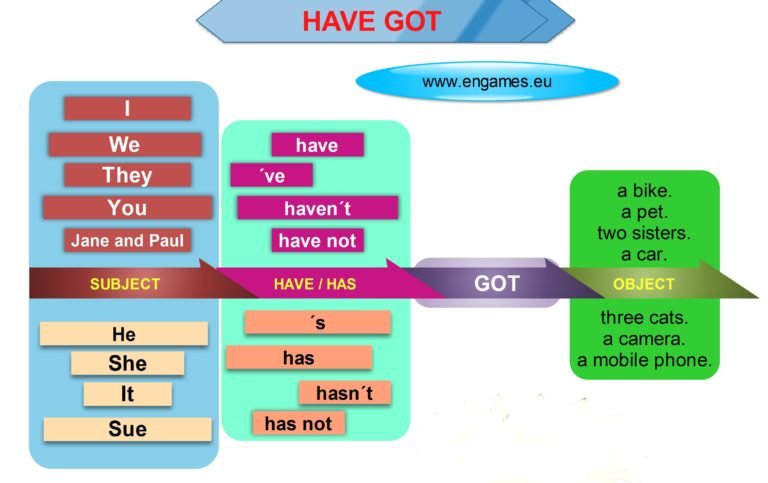
In this post, I would like to share the materials I have created recently to teach the verb HAVE GOT.
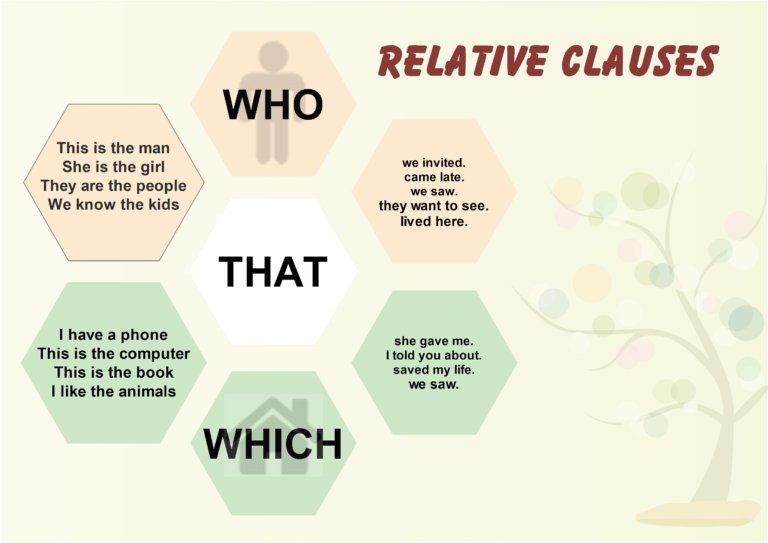
Relative clauses are one of the few grammar points I have covered just once. It might have been caused by the fact that I have always considered this grammar easy to understand and explain. Therefore, I never needed several infographics to help me. So it took several years before I created another infographic and a…
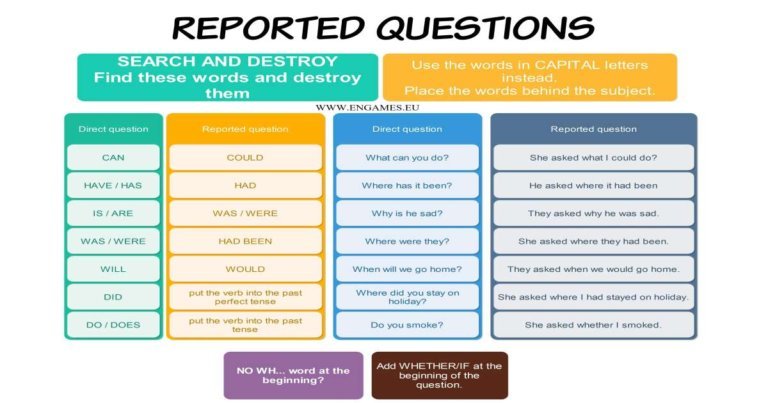
Reported speech is not easy but when it comes to reported questions students go mad. “There are so many rules to apply,” they whimper. “First, you have to change the question into an announcement and then you have to shift the tenses.” That was why I tried to simplify this procedure. <!– wp:more –> In…
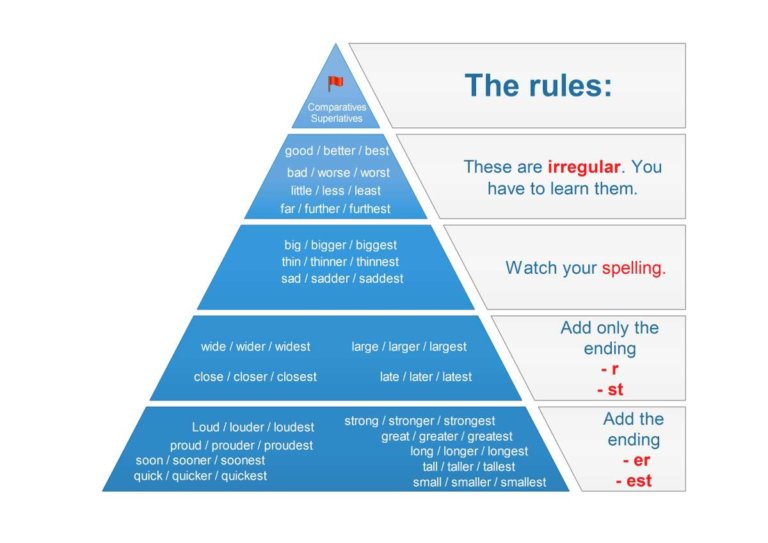
In his latest video Fluency MC teaches comparatives and superlatives. He uses about forty different adjectives and raps them in the comparative and superlative form. The song is catchy and the grammar very important. Jason was kind enough to allow me to write some teaching materials to go with the song. In this post you…
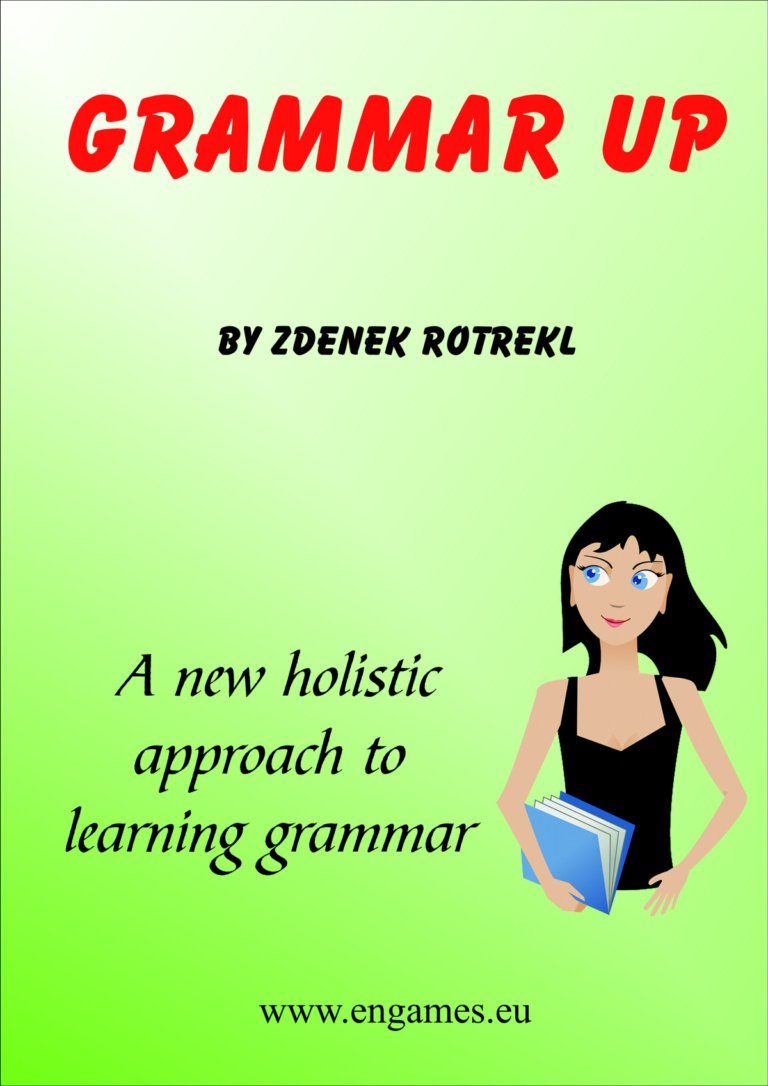
I have just published a new book. It is called Grammar Up. Grammar Up is a new, holistic approach to teaching and learning English grammar. <!– wp:more –> When you take English in school, you learn one piece of grammar at a time. After a while, you become confused by all the rules, and you…
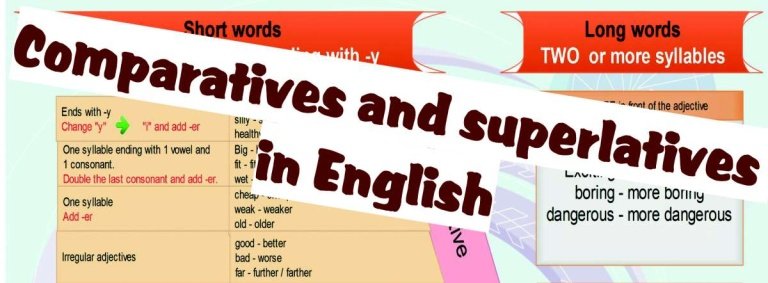
It is quite easy to form comparatives and superlatives in English. However, without much practice students will make a lot of mistakes. To provide enough practice for my students I have created the following exercises. There are three gap-fill exercises where students will practise the grammar in context. <!– wp:more –> ADVERT: [showmyads] In this…

The vast majority of people consider comparatives and superlatives in English easy. They usually have no problems with their formation and as there are very few exceptions, they master this grammar point pretty quickly. However, it is still a good idea to have a few interesting activities up your sleeve to teach this well. You…
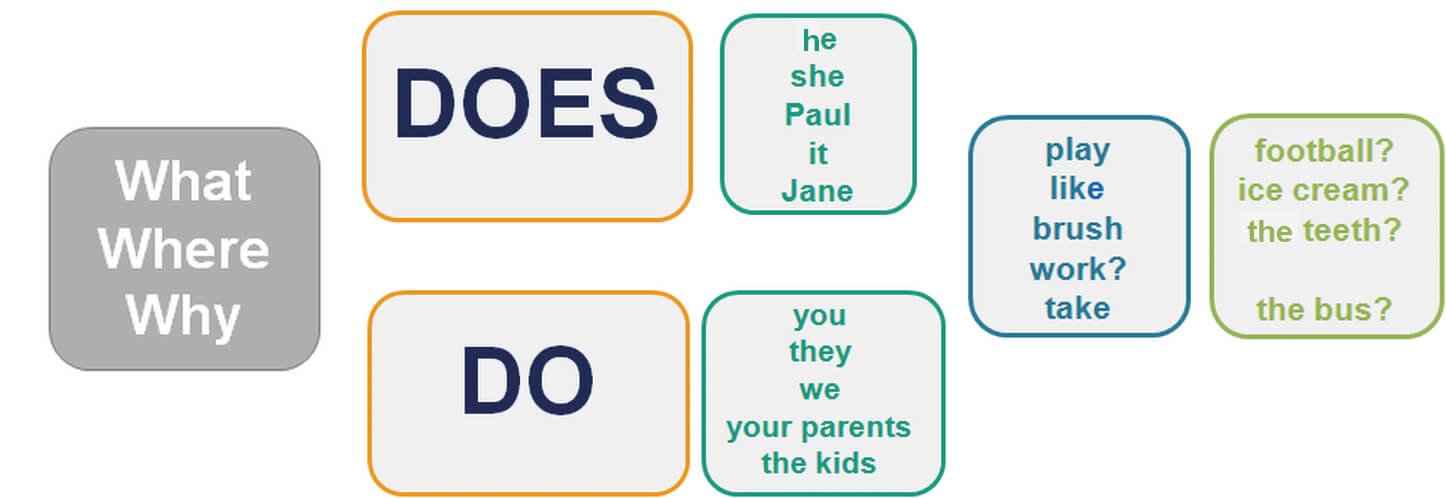
Once elementary students master forming questions in the present simple tense, their communicative ability grows by hundreds of percent. Students then can ask nearly about anything, and all of a sudden they can communicate meaningfully. However, for many teachers the questions are a nightmare because only a few students do really learn to form the…
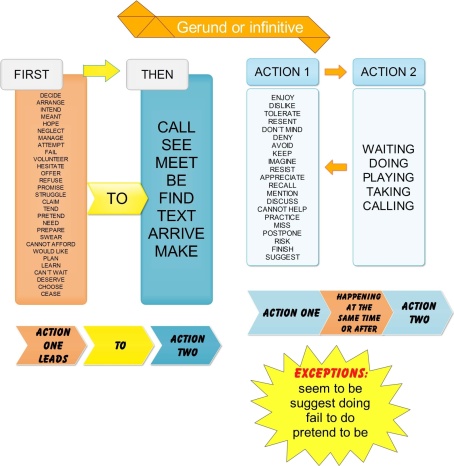
Engames and Fluency MC have joined forces again to bring you a post that will help you decide whether you should use a gerund or an infinitive after a verb. This post is not going to provide a comprehensive overview of the grammar. Our aim is to give your students a simple guide to help…
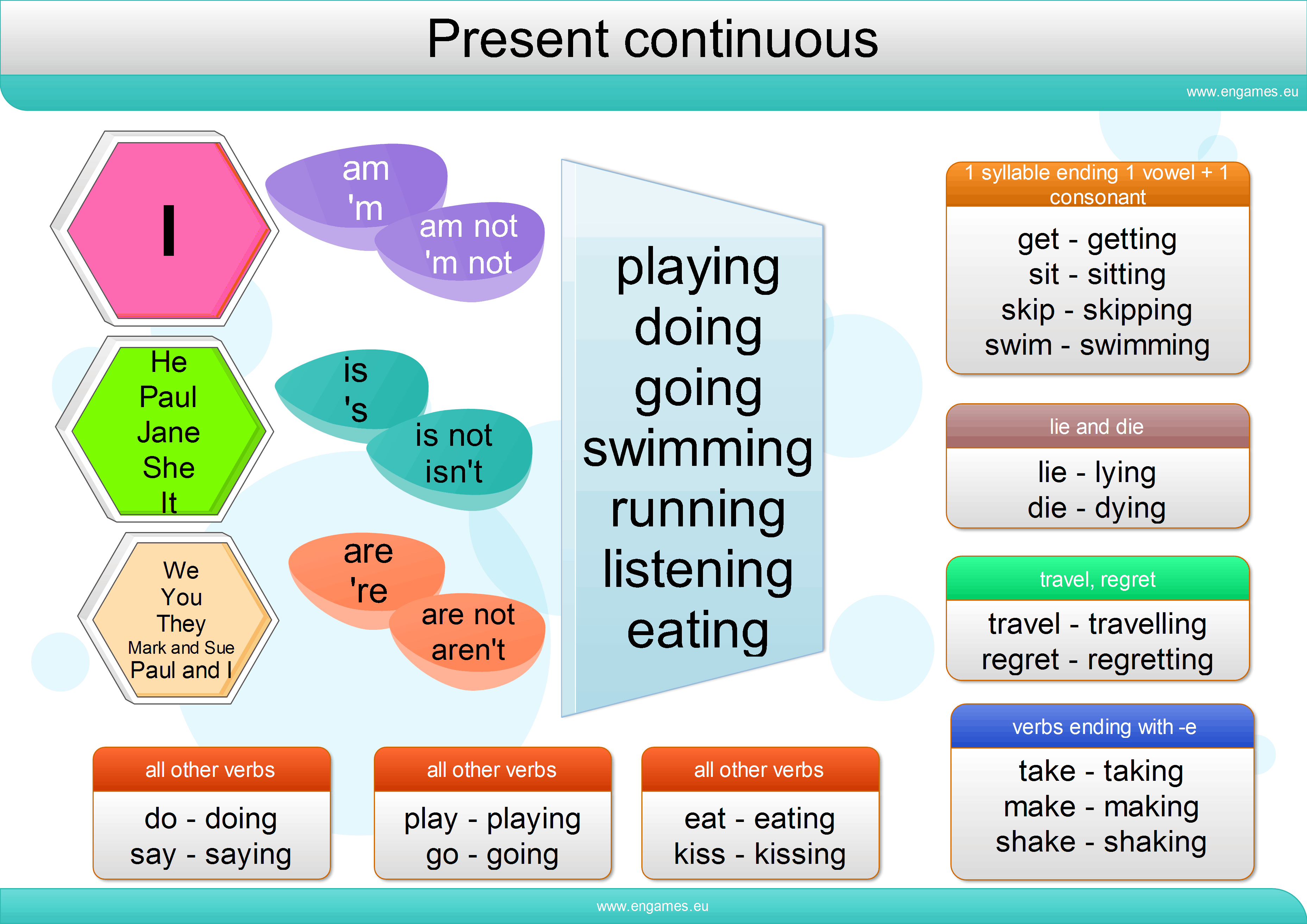
Today I experienced the great teaching moment when one of my not so proficient students said that she can understand the grammar perfectly and that it is really easy. I was exalted. I was teaching present continuous tense and the students really liked it and at the end of the lesson they were able to…
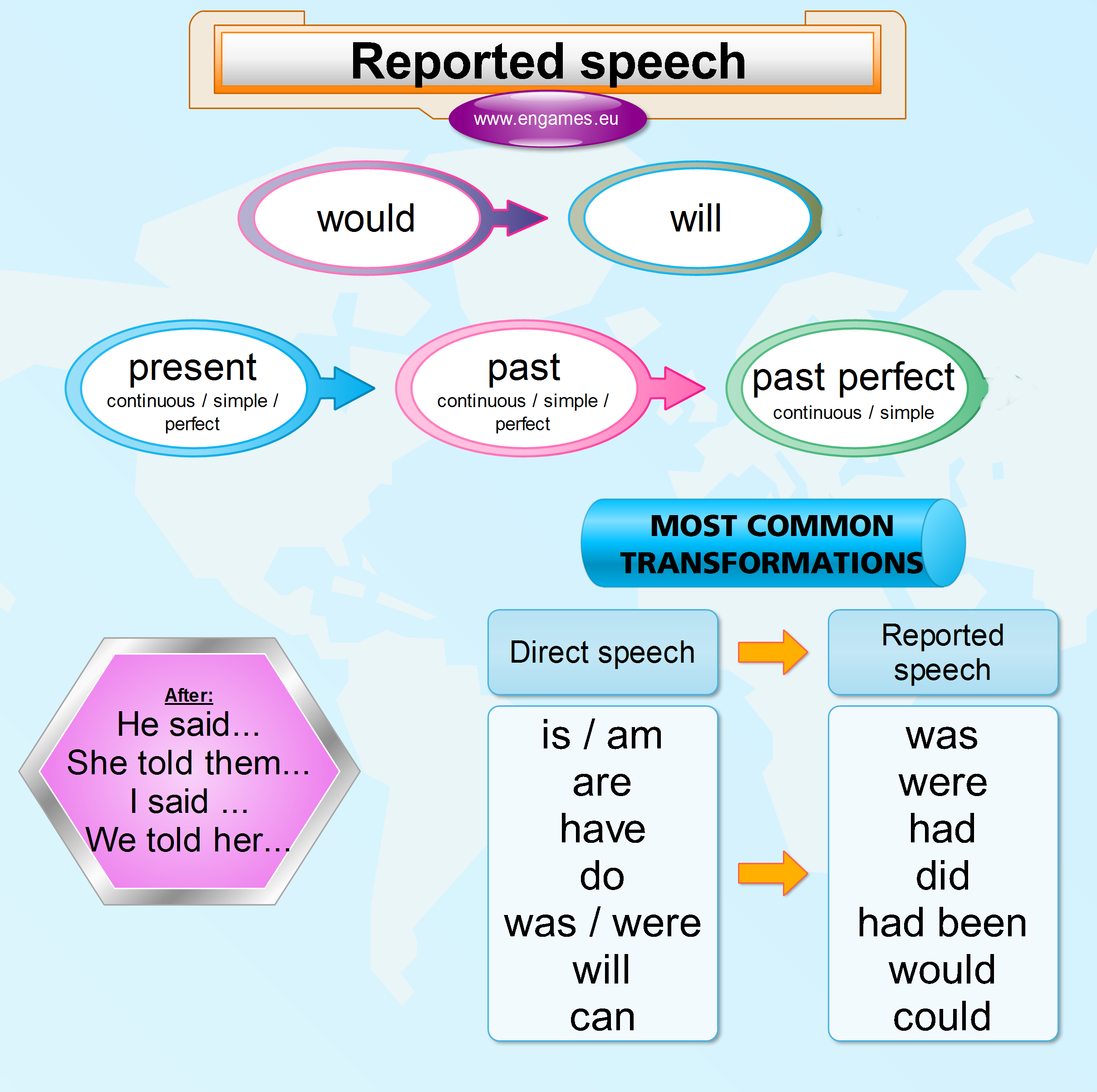
Many students struggle with reported speech. They feel that there are many rules they have to follow and they often get confused. In this post I try to simplify the rules about the reported speech (or indirect speech) as much as possible. There is mind map describing the basic rules, a video and two games…